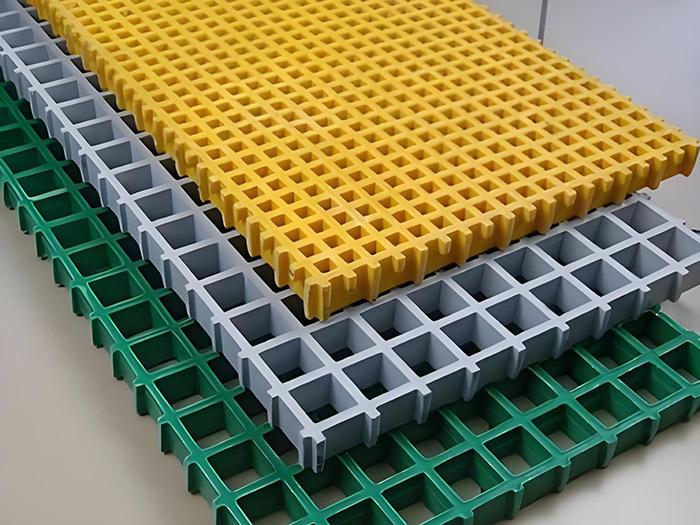Ângulo FRP para aplicações industriais: Aumentando a durabilidade e a eficiência em ambientes de fabrico
In industrial manufacturing environments, equipment durability and operational efficiency are critical factors that determine productivity and cost-effectiveness. One innovative solution gaining traction is Fiber Reinforced Polymer (FRP) angles, which offer superior strength, corrosion resistance, and lightweight properties. But what exactly are FRP angles, and how can they enhance manufacturing processes? Let’s explore this topic by addressing key questions and sharing insights from industry experts.
What Are FRP Angles, and Why Are They Suitable for Industrial Applications?

FRP angles are composite materials made from fibers (such as glass or carbon) reinforced with a polymer matrix. These angles are designed to replace traditional metal components in harsh industrial settings, where conventional materials may corrode, rust, or weaken over time.
“FRP angles provide a cost-effective alternative to steel or aluminum without sacrificing strength,” explains John Smith, a senior engineer at Industrial Composites Inc. “Their non-conductive and lightweight nature make them ideal for environments with heavy machinery, chemical exposure, or extreme temperatures.”
Key benefits include:
– High Strength-to-Weight Ratio – Reduces load-bearing stress on structures.
– Resistência à corrosão – Perfect for humid or chemical-heavy environments.
– Electrical Insulation – Safe for use near electrical systems.
– Customizable Shapes – Can be tailored to fit specific industrial needs.
How Do FRP Angles Enhance Durability in Manufacturing?
Manufacturing environments often expose equipment to wear and tear, chemical erosion, and mechanical stress. Traditional materials like steel can deteriorate quickly, leading to frequent replacements and downtime. FRP angles, however, are engineered to withstand these challenges.
For instance, in chemical processing plants, FRP angles resist corrosion from acids, alkalis, and solvents, extending equipment life. Similarly, in foundries or metalworking facilities, their heat resistance ensures they don’t warp or degrade under high temperatures.
“Switching to FRP angles reduced our maintenance costs by 40% in just two years,” notes Sarah Johnson, a facility manager at Precision Manufacturing. “They withstand impacts from forklifts and heavy tools better than metal angles, reducing structural damage.”
Improving Efficiency with FRP Angles
Beyond durability, FRP angles contribute to operational efficiency by reducing weight and friction. Heavier metal components require more energy to move, leading to higher energy consumption. FRP’s lightweight design minimizes this burden, improving overall system performance.
Additionally, FRP angles have lower thermal conductivity than metals, reducing heat transfer in sensitive applications. This property is particularly useful in cooling systems or environments where temperature control is critical.
Challenges and Considerations
While FRP angles offer numerous advantages, there are challenges to consider. Their initial cost may be higher than metal alternatives, but long-term savings in maintenance and replacements often outweigh this expense. Additionally, proper installation is crucial to ensure structural integrity.
Experts recommend working with certified FRP suppliers who can provide technical support and custom solutions.
Sharing Expert Insights
To further understand the potential of FRP angles, we spoke with David Lee, a composite materials researcher. “The key to maximizing their benefits is selecting the right fiber type and resin matrix for the application,” he says. “For example, carbon FRP offers superior strength for high-stress environments, while glass FRP provides better cost-performance for general use.”
Conclusão
FRP angles are a transformative solution for industrial applications, offering unmatched durability, efficiency, and versatility. By replacing traditional metal components, manufacturers can reduce maintenance costs, extend equipment life, and improve operational performance. As industries continue to evolve, FRP angles are poised to play a pivotal role in sustainable and cost-effective manufacturing.
If you’re considering upgrading your industrial equipment, exploring FRP angles could be a game-changer for your operations.







